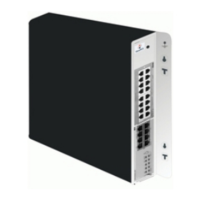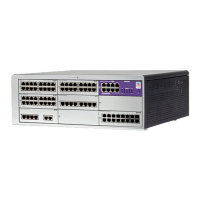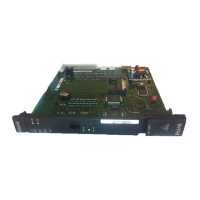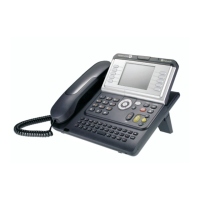in different enterprises. If all the OmniPCX Office supervised belong to one enterprise through
an Intranet, the supervisor can be either the operator or the enterprise itself.
When the supervisor is not the operator network, the security must be provided with a VPN
which ensures integrity, confidentiality and authentication if necessary.
On the supervisor side, a gateway VPN must be used, and:
- The supervisor must have a public IP address
- The supervisor must be accessible from the OmniPCX Office, and vice versa
Only UDP protocol is used for SNMP.
Ports used by SNMP are the default ones:
- Port 161 (GET mode): used by the OmniPCX Office, open only when the SNMP is
activated in the OmniPCX Office
- Port 162 (TRAP mode): used by the supervisor to receive the traps
The OmniPCX Office uses only SNMP V2c security. The "community identifier" must be known
by all entities and the authentication of clients is performed only by a "community string", as a
password, which is transmitted in clear text. Packets are not encrypted.
10.2.3 SNMP Trap
The OmniPCX Office sends specific traps. Different cases are possible about this sending of
SNMP traps:
1. When the trap name is described in MIB, a trap containing MIB information is sent
2. When the trap name is not described in MIB, a default trap is sent.
The trap name chosen depends on the alarm level severity:
• Unknown Incident
• Critical Incident
• Major Incident
• Minor Incident
• Warning Incident
• Indeterminate Incident
The trap contains the following information:
• Alarm time
• Severity alarm
• Alarm event NMC number
• Alarm event name
• Equipment board information
• Complement information
• Event type
• Probable cause
table 10.1: SNMP Trap List
Chapter
10
/'
58/62
! "#$ ! % $& !
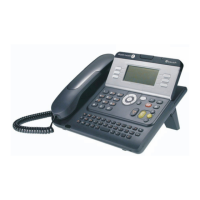
